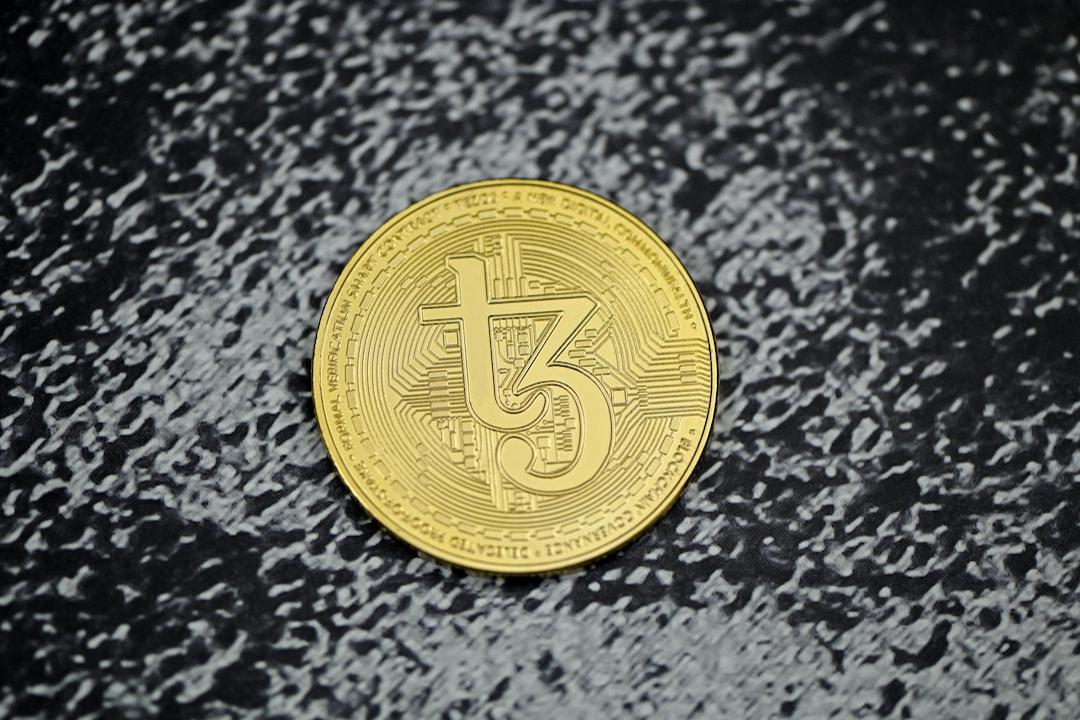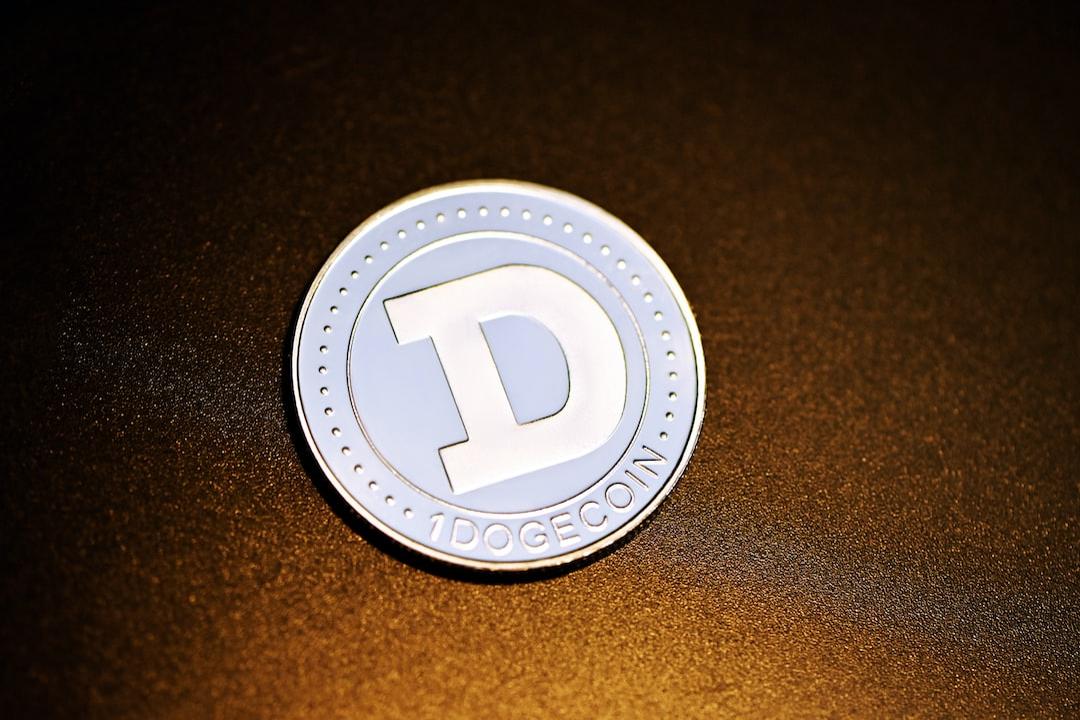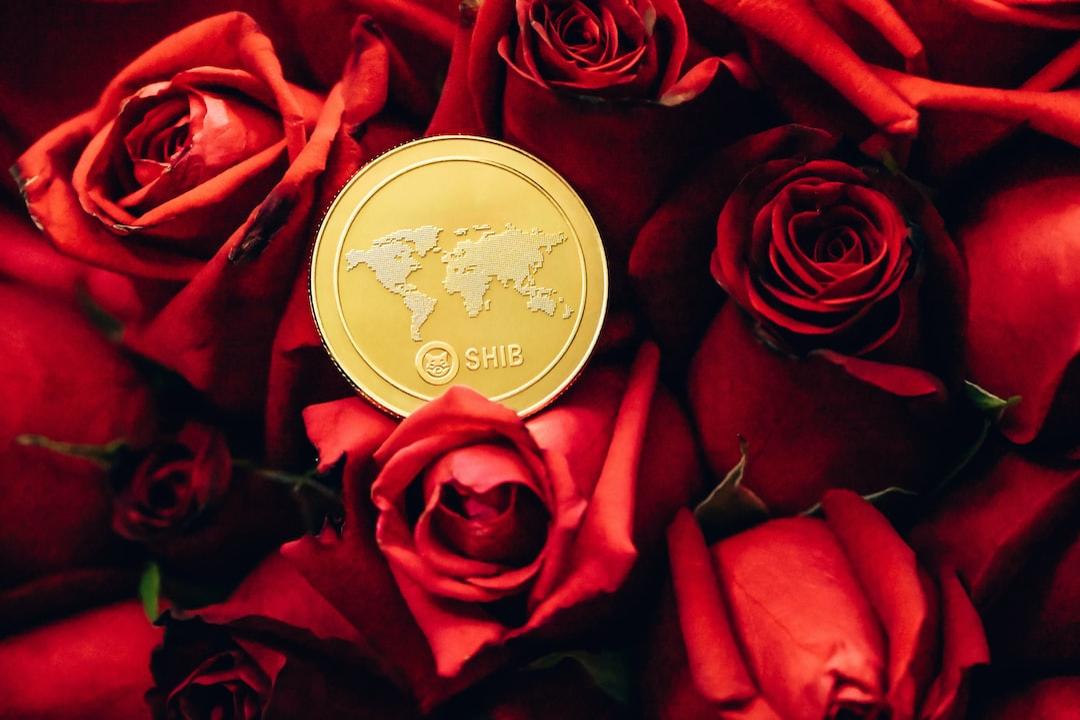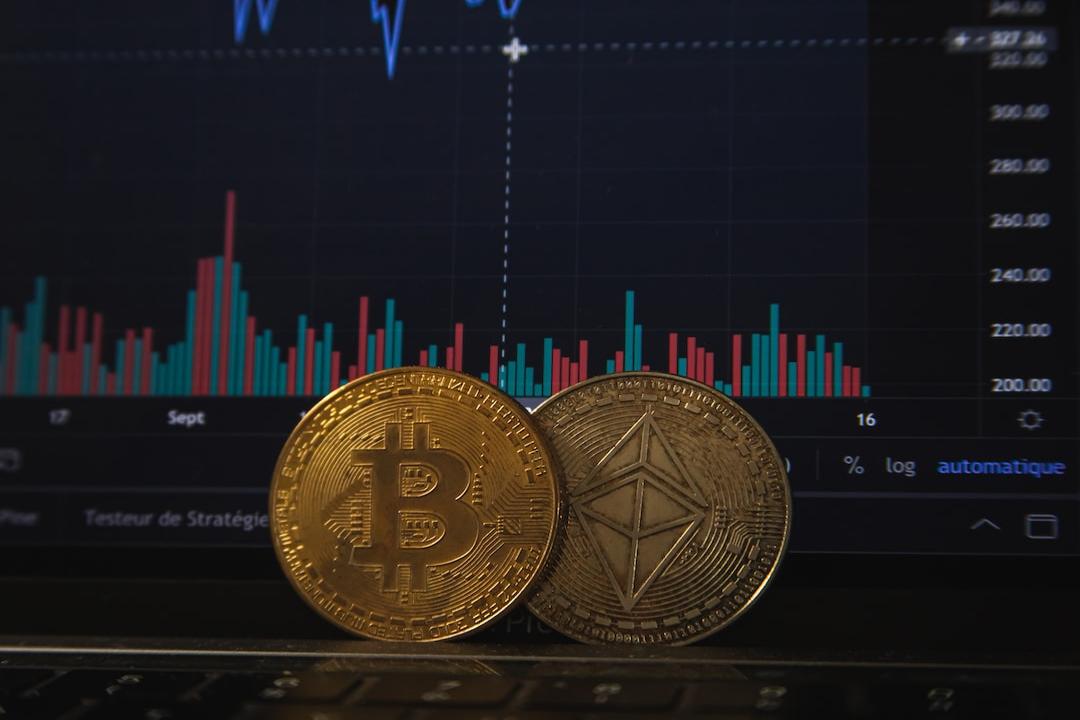Introduction
In recent years, many lightweight games have chosen to launch Mini Apps on Telegram, hoping to leverage Telegram’s massive user base to attract a large number of players for their projects. Most Mini Apps feature click-and-raise gameplay, distributing tokens to players through airdrops. Logically, the amount of airdropped tokens should correlate with game performance; however, some players have reported that despite similar game progress, the amount of airdropped tokens received by paying players is several times higher.
(Background: Base chain game Infected switches to Solana: Criticizing Ethereum EVM, stating it’s unsuitable for game development due to lack of culture and users)
(Context: Binance delivers funds》Launchpool lists the game chain GUNZ; can a 3A game studio reignite the chain game craze?)
Preface
This article will take the aforementioned controversy as a starting point to analyze the distribution mechanisms of airdrop projects and the potential airdrop results of recent projects. It will also compare the Ton and Kaia blockchains, which are both issuing Mini Apps, to explore whether these games facilitate player participation in the ecosystem or lean more toward a pay-to-win approach for obtaining airdrops.
Telegram Mini App Game Mechanism
Telegram Mini App games are lightweight applications that can be played directly within the Telegram app without the need for additional downloads. These games focus on blockchain-related elements, and while their gameplay may vary, they generally exhibit the following mechanisms:
- On-chain Sign-in: Players can interact with a record on the Ton blockchain to receive daily sign-in rewards.
- Invite Friends: Players can earn one-time rewards or share in the profits generated by invited friends through an invitation mechanism.
- Top-up Mechanism: Players can purchase in-game tokens using Ton or other cryptocurrencies.
Why do different games exhibit similar mechanisms? One can consider the underlying needs of the project teams.
Project Team Needs
Game teams still face issues such as funding and financing during development; otherwise, they might face bankruptcy before the token generation event (TGE). Therefore, we can infer that the advantages brought to project teams by users through the above three mechanisms are:
- On-chain Activity: Players prove the game contributes to ecosystem activity by interacting on-chain with Ton.
- Player Numbers: Through the invitation mechanism, players will try to attract more players to join the game to gain invitation rewards.
- Direct Revenue: Top-ups are the most direct revenue method, as player spending directly generates income for the game team.
This way, the game team not only creates activity within the blockchain ecosystem but also visually sees growth in player numbers. This data will lay the foundation for future financing and promotion.
Airdrop Standards
According to the above inference, it can be understood that the project team will likely distribute airdrops based on the “contributions” made by players, with the contribution criteria possibly being a combination of the aforementioned three standards and some game performance metrics to determine the final amount of airdropped tokens received by players. To what extent does the “amount spent” weigh in on these standards? We can observe the standards of already launched airdrop projects.
Airdrop Mechanism of Launched Projects
By observing the airdrop results of Notcoin, the pioneer of Tap to Earn, and Catizen, the first popular nurturing game, we can ascertain whether spending is a crucial standard for airdrops.
Notcoin
Notcoin is a Mini App where players need to continuously click on in-game coin icons to accumulate points. Players can enhance their earnings by inviting friends or completing tasks. The game’s design is straightforward but sparked intense discussions at the time, as it was hard to believe that such a simple game could yield airdrop profits.
Final Airdrop Standards and Spending Effectiveness Assessment
Airdrop standards are based on points exchanged for $NOT tokens, with an exchange rate of 1000:1 $NOT. Notcoin has no spending elements; players earn points purely through clicking and inviting friends. If a user has Telegram Premium, they can earn additional points.
Based on the scoring criteria for airdrops, Notcoin has no direct method for purchasing points, allowing us to assess that the airdrop results of this game are unrelated to spending, thus eliminating any pay-to-win issues.

Image source: Notcoin X
Catizen
Catizen is a cat nurturing game where players level up by merging cats of the same level, thereby increasing the income generated by their cats. While the gameplay is simple, it includes systems like on-chain sign-ins, inviting friends, fishing, and a marketplace, leaving players uncertain about where to focus their efforts for maximum airdrop rewards.
Final Airdrop Standards
According to the Catizen whitepaper, the final criteria for airdrop references include:
- vKitty Coin Income: Higher-level cats generate more vKitty income per second.
- Fish Coin Spending: The amount of fish coins spent in the game.
- wCati: Tokens distributed in the Catizen game’s Launchpool.
- xZen: Reward tokens for on-chain interactions, which have no use in the game but can serve as airdrop standards.
Spending Effectiveness Assessment
Fish coins in the airdrop standards are the in-game top-up tokens, and most spending pathways are aimed at obtaining more or higher-level cats, thus spending does indeed assist players in increasing their airdrop weight.
According to airdrop statistics, spending players have received airdrop returns of approximately 2.5 to 3 times their spending amount. While this seems like a decent return rate, considering time costs and power consumption during idle gaming, I believe that although spending benefits acquiring more airdrops, the gap in vKitty between small spenders (around several tens of dollars) and non-spenders can still be compensated by time.

Recent Airdrop Projects
In March, two highly anticipated projects are set to announce airdrop information: Bombie, a zombie-shooting game within the Catizen ecosystem, and Wizzwoods, a magical wizard game closely associated with BeraChain.
Bombie
Set in a post-apocalyptic world, players can obtain equipment and level up their characters by opening airdrop boxes, further enhancing their abilities through skills, robots, and other assistance systems to fiercely resist powerful bosses and earn silver coins as airdrop criteria.
Spending Elements
As another work within the Catizen ecosystem, Bombie also includes spending elements:
- Gold Coins: Gold coins are the in-game currency of Bombie, purchasable with CATI, TON, USDT, and other cryptocurrencies. Gold coins can be used in the marketplace to buy airdrop boxes, skill books, and other items that help enhance characters.
- VIP Qualification Cards: These are divided into monthly and quarterly systems. After purchasing VIP, players will receive daily gold coins and airdrop box rewards, and can select accelerated opening modes to save a significant amount of time.
These seemingly reasonable spending pathways have recently sparked considerable controversy due to the launch of new activities.

Community Controversy
Most players who engage in Bombie are likely eager to obtain airdrops, hence the controversy primarily revolves around airdrop-related topics.
- TGE Delay: The official claimed that TGE would occur in Q1 2025 upon the game’s release, but as we approach April, no information has been released. Players have not received airdrop news, but rather notices of spending activities first.
- Spending for Airdrops: Players currently only know that airdrop criteria are based on silver coin quantities, yet recent activities continue to launch packages containing silver coins, leading early players to feel their hard work in the game is futile.
Spending Effectiveness Assessment
For players participating in recent silver coin activities, they undoubtedly have better airdrop expectations. However, early spending players who focused on enhancing character abilities may find themselves at a disadvantage. If you are optimistic about airdrop rewards and still have a budget, it may be worthwhile to observe whether more similar activities will be launched before the official airdrop.
Wizzwoods
Wizzwoods is a pixelated nurturing game where players manage wizards to mine three different resources to upgrade statues on their islands and expand the islands. Wizzwoods has announced TGE on 3/29, so let’s see if this game has pay-to-win factors!
Spending Elements
Compared to Bombie, Wizzwoods has simpler spending elements:
- Gold Coins: A top-up currency bought with cryptocurrencies, used to level up wizards.
- Subscription: Players can receive one-time and daily gold coin rewards and increase red mushroom production.

Airdrop Rewards and Unlock Conditions
The airdrop amount for Wizzwoods is straightforward; players who have participated in the in-game $xWizz mining pool will receive the airdrop rewards for that period. The condition to participate in the $Wizz mining pool is to reach a statue level of 30. Players can increase mining efficiency based on their in-game performance (wizard level, statue level, island attractiveness).
However, obtaining $xWizz does not mean players can withdraw all of it during the 3/29 TGE; they must follow the unlocking rules below:
- Top-up Amount (0-100%): When the top-up amount exceeds $600, 100% of the airdrop will be unlocked.
- $xWizz Consumption (0-80%): Consuming up to 30,000 $xWizz can unlock 80% of the airdrop.
- Statue Level (0-10%): Reaching a statue level of 90 or above can unlock 10% of the airdrop.

Spending Effectiveness Assessment
Wizzwoods’ spending advantage mainly lies in rapidly leveling up wizards to increase resource production, which further elevates statue levels and expands islands. This will help players secure a larger share in the $xWizz mining pool.
Unlike Bombie, Wizzwoods does not offer activities where players can directly purchase airdrop shares, and I believe unlocking airdrops will become the biggest advantage for spending players. Most non-spending players can only unlock less than 20% of $xWizz, while spending players can quickly unlock airdrop tokens, making future selling or participation in the ecosystem much more flexible.
Ton vs. Kaia Blockchain Comparison
Telegram has launched multiple popular games on the Ton blockchain, attracting tens of millions of users to participate in the Web3 ecosystem. Similarly, the globally recognized messaging app LINE is also collaborating with the Kaia blockchain to allow users to play Mini Apps directly within the LINE app. Let’s take a look at the respective advantages of these two blockchains.

It appears that Ton excels in many areas compared to the Kaia blockchain. However, Ton experienced two significant outages (lasting 7 hours and 6 hours, respectively) during the handling of the $Dogs airdrop in August 2024. Given that no airdrops have yet occurred for Kaia blockchain-related Mini Apps, it is impossible to directly compare which chain is more suitable for developing Mini Apps.
Conclusion
Telegram Mini Apps indeed offer game players the opportunity to engage with the Web3 ecosystem. However, from Notcoin and Catizen to Pixelverse, the amount of airdrops for spending players has noticeably increased. Is it worthwhile for players to participate without spending money and instead investing time?
I believe this ultimately depends on individual choices. If you are willing to treat the game as entertainment while earning some small rewards, Mini Apps are still worth trying. However, if the sole intention is to earn airdrops, careful assessment of whether the time cost justifies the expected rewards is necessary.
This report is for informational sharing purposes only and does not constitute any form of investment advice or decision-making basis. The data, analysis, and opinions cited in the text are based on the author’s research and public sources and may be subject to uncertainty or change at any time. Readers should exercise caution in making investment judgments according to their circumstances and risk tolerance. For further guidance, it is advisable to seek professional consultation.


